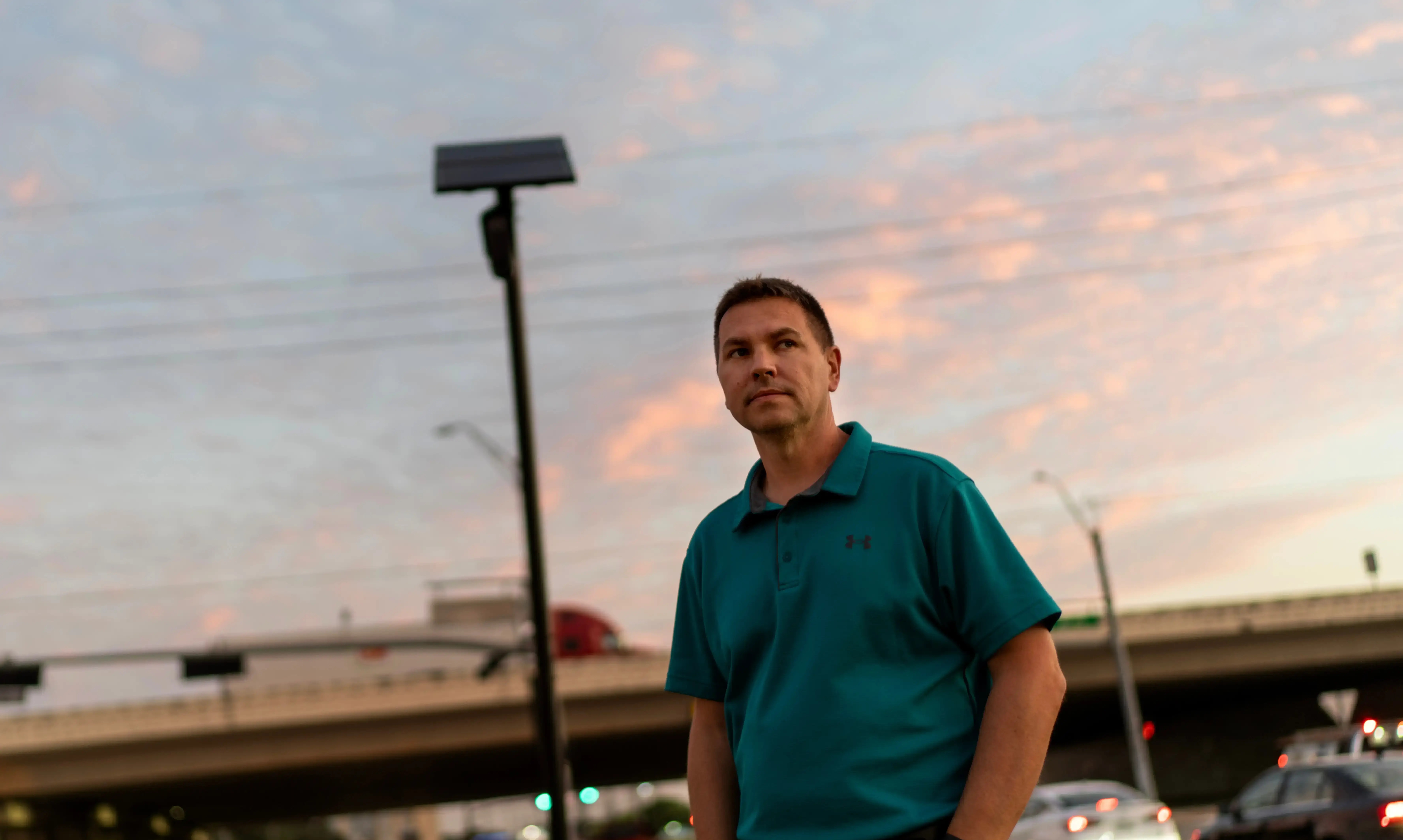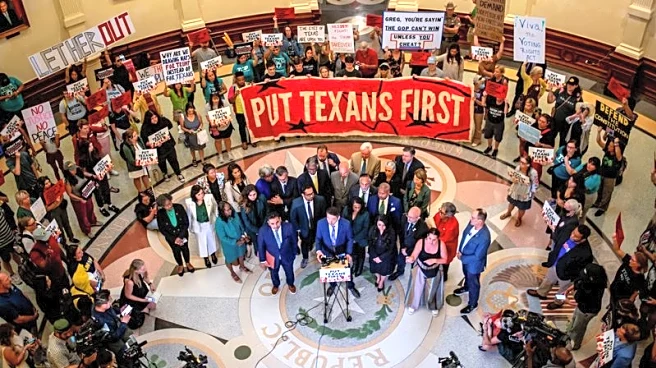The University of California renewed its policy of annual tuition hikes Wednesday after the UC Board of Regents voted 13 to 3 to approve the measure, despite fierce opposition from undergraduates. Broadly, what undergraduates will expect to pay for tuition doesn’t change once they enroll. The model regents approved still allows the system to increase undergraduate tuition and systemwide fees by as much as 5% annually, depending on inflation, and locks
in that rate for students enrolling that year for up to six years.
Each cohort of incoming students pays the same tuition, but what they pay is more than the previous year’s cohort, and less than what the next cohort will pay. This means that current undergraduate students would see no change to their tuition. Graduate students, however, would continue to see annual increases because they’re not on the cohort model. The revised plan begins in 2026-27. This “stability” plan is a way to ensure UC can collect more revenue to finance the ever-increasing costs of educating students that signals consistency and predictability to students and their families, UC officials contend. The approach is a departure from a boom-and-bust cycle at UC in which tuition stays flat for several years until recessions and state cutbacks prompt double-digit tuition spikes in consecutive years. That happened during the 2007 Great Recession. After six years, tuition had doubled.
The regents first adopted this cohort tuition model in 2021 and it took effect in 2022. Since 2021, tuition for entering undergraduates has risen from $12,570 to $14,934 this year. UC first began charging tuition in 1970 — the enrollment fees were $450.
Students were livid in 2021 and remained so today.
“Students should not be fighting for our lives,” said Diego Emilio Bollo, president of the undergraduate student association at UCLA. He spoke at a rally today with dozens of students opposing the tuition plan and said the UC should look elsewhere for money. “The UC should be fighting in Sacramento and in Washington, DC. And the students are not the UC’s backup budget plan.”
Regent Michael Cohen, who helped to secure more financial aid for UC students when the board voted to launch the cohort plan in 2021, said he supported the model because tuition stays flat for individual students for up to six years after they see a tuition hike once. To him, that means students get an increasing discount, as tuition stays flat while inflation rises.
Cohen added that the revenue from the tuition increases allowed the UC to enroll 15,000 more new California undergraduates. “That’s remarkable,” he said. State aid alone couldn’t have given more Californians access to the UC, he noted.
But Lt. Gov. Eleni Kounalakis vehemently opposed the continuation of the tuition increases. She said these decisions should be reviewed at least annually, not left alone for years at a time. “Our students sleep in their cars. Our students go to food banks in order to be able to eat,” she said. “I think that any time we raise tuition, we should be going back and understanding whether or not we’ve done every other possible thing to avoid raising tuition.” The original plan proposed Wednesday would have led to endless ongoing tuition increases. But students and some regents were critical of the cohort model continuing without end, so the board voted to revisit the model in seven years. Guided by UC Office of the President officials, the board also lowered from 45% to 40% the share of new tuition revenue that flows to undergraduate financial aid. When regents installed this tuition hike plan, the return-to-aid figure was 33%. Counterintuitively, this means that low- and moderate-income students got thousands more in financial aid to cover tuition and additional living costs under these tuition increases than they would have had the UC not increased tuition. On the other hand, higher-income students, those from families with incomes above $120,000, generally paid hundreds of dollars more for their cost of attendance because they get less financial aid, median data from UC show. UC projections show that those trends will continue through the end of the decade. Still, some higher-income students receive UC grants from return-to-aid. For example, a quarter of students whose families make between $147,000 and $184,000 received a UC grant in 2023-24. Students receive financial aid based on a federal formula that takes into account household income, money in certain financial accounts and untaxed income, such as life insurance payouts and inheritances. About half of in-state undergraduate students at UC live in households with incomes below $120,000, UC data show. Funneling a portion of tuition increases to financial aid has resulted in an extra roughly $1 billion in financial aid for students, a UC finance official said today. Overall, 35% of UC undergraduates from California take out loans to attend the system and the average debt has been constant at about $17,000, said Shawn Brick, who heads financial aid, at the regents meeting.
The drop in return-to-aid is a way to route more funding to campuses that have been rocked by federal cutbacks tied up in legal battles and state support that is less than Gov. Gavin Newsom and the state Legislature had indicated the UC would receive in past years. Already, the UC is enrolling about 4,000 more California students than the state is giving them money for. Because of this, UC reported that it brings in less money per student to educate them than the system collected four years ago — down to $28,000 from $30,000. Nearly 800 employees have been laid off across the UC system this year, UC President James B. Milliken said. “These layoffs reflect the seriousness of the financial pressures we are navigating,” he said.
UC has also fought to recover 1,600 federal research grants that the Trump administration suspended or terminated. While many have been restored through court orders, 400 are still defunded, totaling $230 million, Milliken said. Meanwhile the UC has sued to halt Trump from changing a formula for how much campuses receive in grant funds to maintain labs. At stake is another half-billion dollars. That money supports jobs and regional economies; the UC is the state’s second-largest employer.
UC officials persuaded the regents to make other technical changes that increase the odds that tuition for the next cohort would rise more than it has so far, but tuition increases would still be capped at 5%. One allows UC to defer the financial impact if inflation exceeds 5%. In that case, the percent that is above 5% would be applied to a future year when the inflation rate is lower.
Had this plan been in place since 2022, tuition would have risen by 1.5% more than it did this year, UC finance staff said.
The UC Regents also agreed to include another 1-percentage-point increase in cohort tuition that would be dedicated to building maintenance or another campus need. Still, tuition increases wouldn’t exceed 5%. The system regularly asks for hundreds of millions in money but often gets much less. The system is able to issue bonds for new construction, but the amount is limited.
In the original plan Wednesday, the additional revenue from this 1% bump would have been limited to structures that service students. Now, the extra 1% can be used by campus chancellors for other spending priorities. The system has a deferred maintenance backlog of $9 billion, UC officials said. The UC student association said capital projects shouldn’t be paid for with tuition dollars. “We urge the Board to reject the proposed 1% step increase, or commit to dedicating a portion of the revenue to go to vital student supports, such as basic needs, retention programs and health services,” the group wrote in a public letter.
Even with generous financial aid, some California students at UC still incur hardship and a bureaucratic runaround.
Joshua Mata entered UC Berkeley in 2019 intent on taking on no debt. He arranged to pay a friend $300 to use the parking spot in her apartment building to park a used van he bought to sleep in. The friend provided him with a key to her apartment so he could bathe. He was no stranger to residing in cars — housing stability was sporadic after he moved to California to attend community college. A year into his studies, he received in-state tuition status. His story is unusual: He lived with his father in China, who taught English, until Mata graduated from high school and moved back to the U.S. to live with his grandmother for a year in Texas before driving to California.
After three years at community college, he transferred to California’s top public university, thinking he’d retain his in-state residency status and the much lower tuition bill, with financial aid to both cover his enrollment fees and some extra money for living costs. A half-semester later, he dropped out: The campus rejected his in-state claim and froze his financial aid, leaving him with a roughly $40,000 bill, he recalled. He wishes the campus gave him more of a heads up during the summer so he could have cleared the issue before school started. “Maybe I’d have a degree by now,” he said. Though he re-enrolled in 2023, students with unique financial issues such as Mata must also be looked out for, said Alexis Zaragoza during public comments Wednesday. Zaragoza was a UC student regent when the UC board approved the cohort tuition model. While she opposed it, she led board members in increasing how much new tuition revenue flows to financial aid.
“Dozens of those students go through residency and income appeals, but those processes take months — sometimes up to 6 or 7 months, to be resolved. For low-income and even homeless students — those months are crucial. Many students drop out to avoid $30,000-plus charges, but are still charged them,” she said. Asked whether the additional revenue from tuition would flow toward more student services positions such as financial aid staff or those that deal with residency disputes, UC spokesperson Omar Rodriguez wrote in an email that “any new funding generated for operating support will be used at the discretion of each location to meet their local needs.”
A few dozen students briefly shut down the meeting on the vote Wednesday after they shouted prewritten slogans at regents condemning the ongoing tuition increases. The regents asked UC police to declare an unlawful assembly and a row of police clutching batons and wearing helmets with facial shields assembled as the students left the meeting chamber. There was no confrontation between police and protesters.
___
This story was originally published by CalMatters and distributed through a partnership with The Associated Press.















